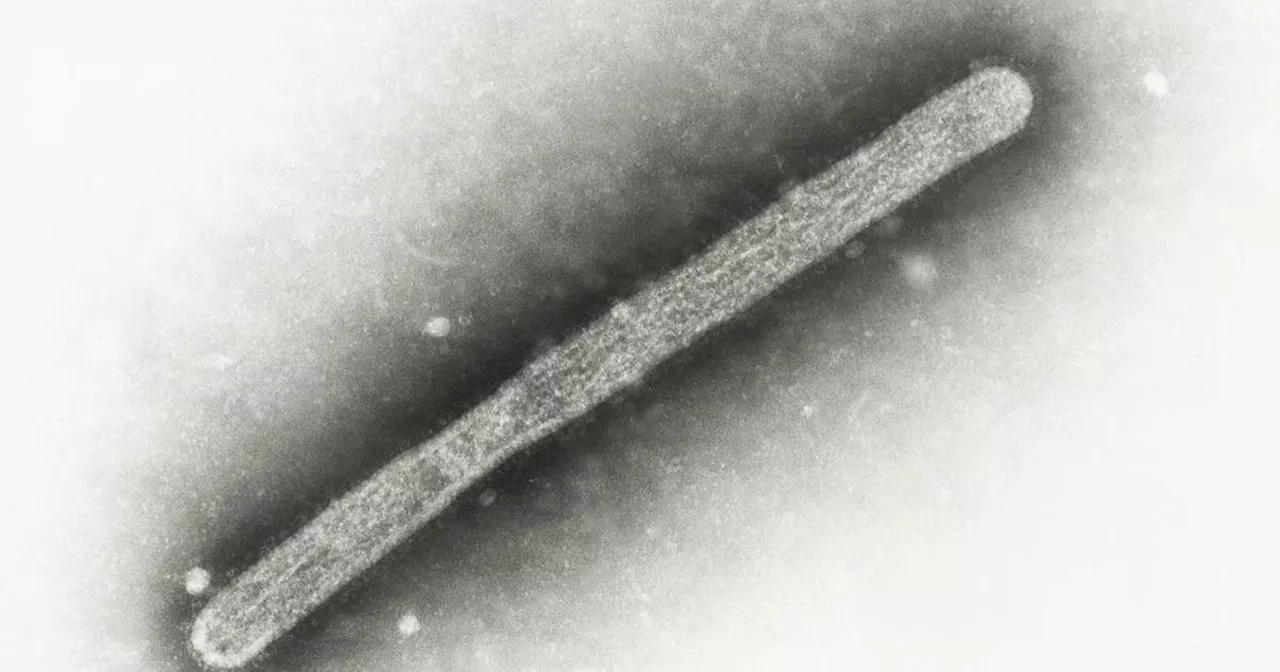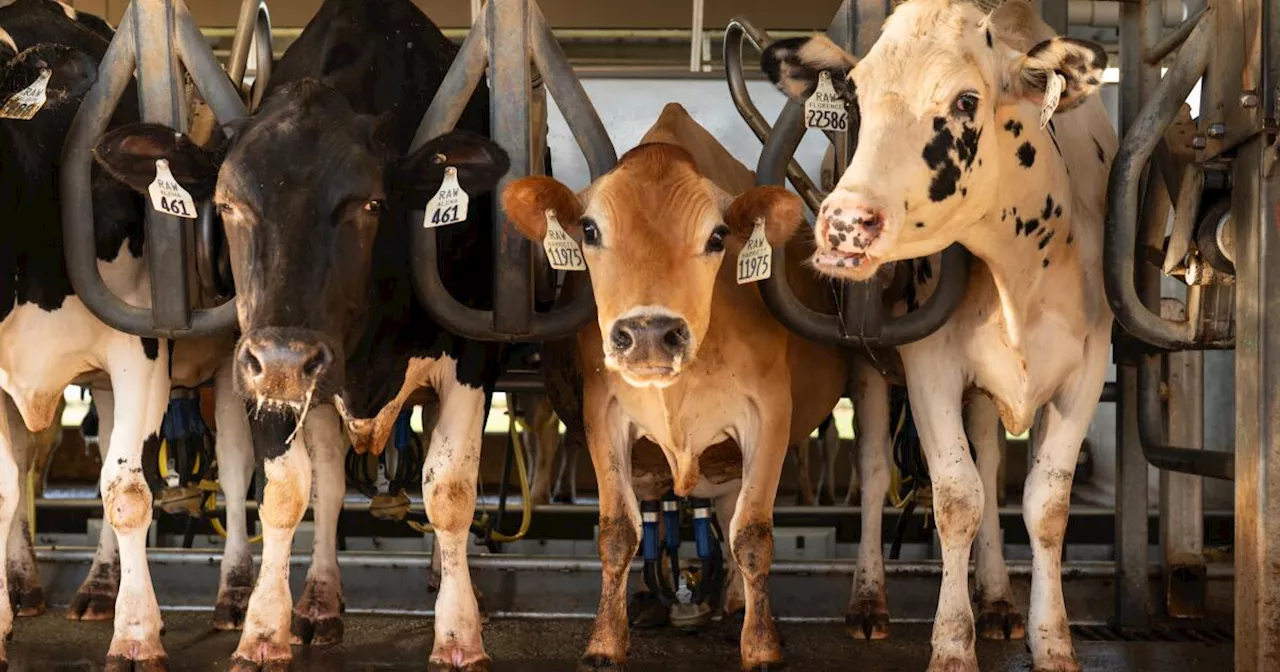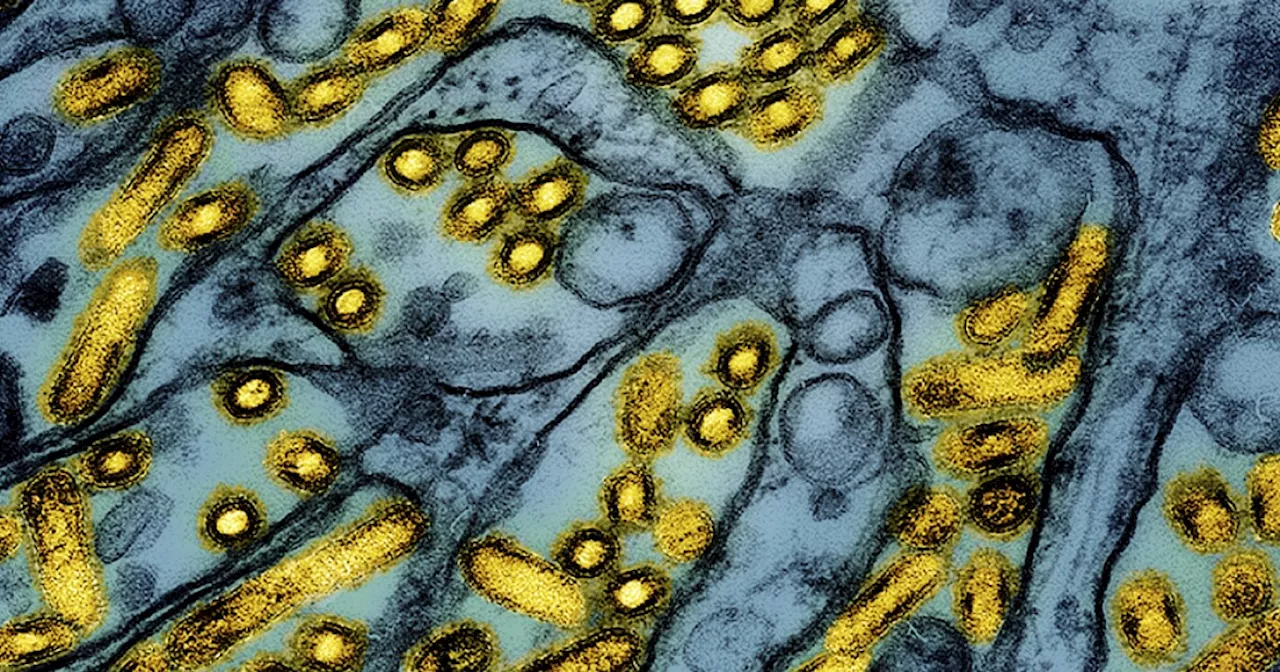The Best in Science News and Amazing Breakthroughs
, finding that a single amino acid mutation in a key protein would be enough to switch the virus target from avian-type receptors to human-type receptors.
This mutation, labeled Q226L, could act like a new pair of glasses for the virus, allowing it to recognize landing points on human cells. "Our experiments revealed that the Q226L mutation could significantly increase the virus' ability to target and attach to human-type receptors,""This mutation gives the virus a foothold on human cells that it didn't have before, which is why this finding is a red flag for possible adaptation to people."from animals after being in close contact with them.
The discovery emphasizes the need to track H5N1 closely and continue to monitor for new strains. While an ability to latch onto our receptors is critical for the virus's spread through humans, it doesn't rule out the possibility that other changes may also be required for transmission. "Our study doesn't suggest that such evolution has occurred or that the current H5N1 virus with only this mutation would be transmissible between humans,"Further research is going to be needed to get a full understanding of how a human-to-human strain of this virus might fare in terms of its transmission mechanisms and its stability in human hosts.
United States Latest News, United States Headlines
Similar News:You can also read news stories similar to this one that we have collected from other news sources.
 A single gene mutation could enable H5N1 to spread between people, study findsNicoletta Lanese is the health channel editor at Live Science and was previously a news editor and staff writer at the site. She holds a graduate certificate in science communication from UC Santa Cruz and degrees in neuroscience and dance from the University of Florida.
A single gene mutation could enable H5N1 to spread between people, study findsNicoletta Lanese is the health channel editor at Live Science and was previously a news editor and staff writer at the site. She holds a graduate certificate in science communication from UC Santa Cruz and degrees in neuroscience and dance from the University of Florida.
Read more »
 Single bird flu mutation could let it latch easily to human cells, study findsThe potential mutation would allow the avian influenza virus sweeping through cattle herds to attach to a receptor protein on the surface of our cells.
Single bird flu mutation could let it latch easily to human cells, study findsThe potential mutation would allow the avian influenza virus sweeping through cattle herds to attach to a receptor protein on the surface of our cells.
Read more »
 Bird flu may need a single mutation to spread among humans, study findsCalifornia researchers suggest the virus’ path to becoming a threat to humans is much shorter than previously believed.
Bird flu may need a single mutation to spread among humans, study findsCalifornia researchers suggest the virus’ path to becoming a threat to humans is much shorter than previously believed.
Read more »
 Single mutation of bird flu virus could allow it to spread among people, research saysThe bird flu virus strain that is rampant among dairy cows in the U.S. may only need one mutation for it to be able to spread among humans, according to a study published this week.
Single mutation of bird flu virus could allow it to spread among people, research saysThe bird flu virus strain that is rampant among dairy cows in the U.S. may only need one mutation for it to be able to spread among humans, according to a study published this week.
Read more »
 Single mutation in H5N1 influenza surface protein could enable easier human infectionA single modification in the protein found on the surface of the highly pathogenic avian influenza (HPAI) H5N1 influenza virus currently circulating in U.S. dairy cows could allow for easier transmission among humans, according to new research.
Single mutation in H5N1 influenza surface protein could enable easier human infectionA single modification in the protein found on the surface of the highly pathogenic avian influenza (HPAI) H5N1 influenza virus currently circulating in U.S. dairy cows could allow for easier transmission among humans, according to new research.
Read more »
 Small businesses are still struggling: 'I have yet to bring home a single dollar'Small businesses are still feeling pressure from worker shortages to inflationary pressures. The challenges are persisting as we enter the critical holiday period.
Small businesses are still struggling: 'I have yet to bring home a single dollar'Small businesses are still feeling pressure from worker shortages to inflationary pressures. The challenges are persisting as we enter the critical holiday period.
Read more »
